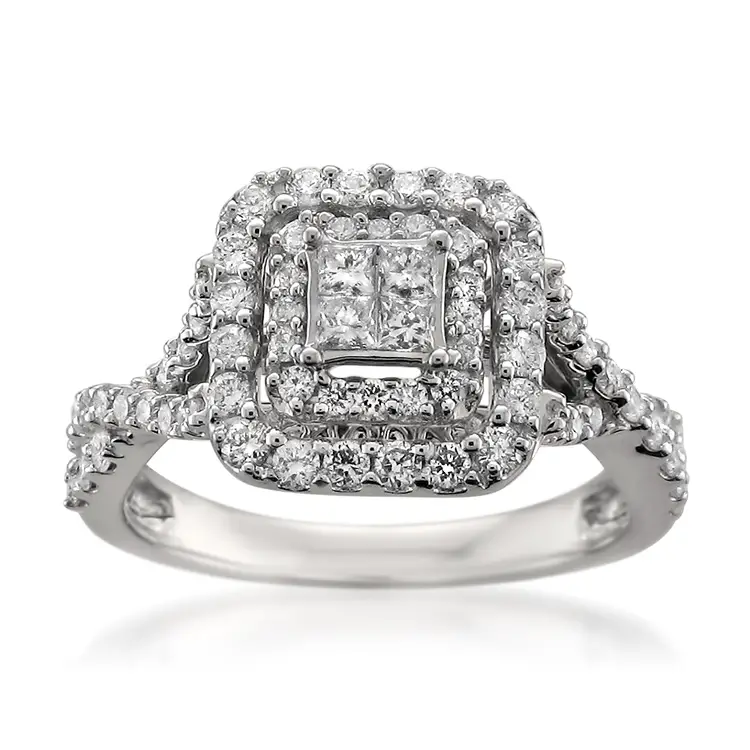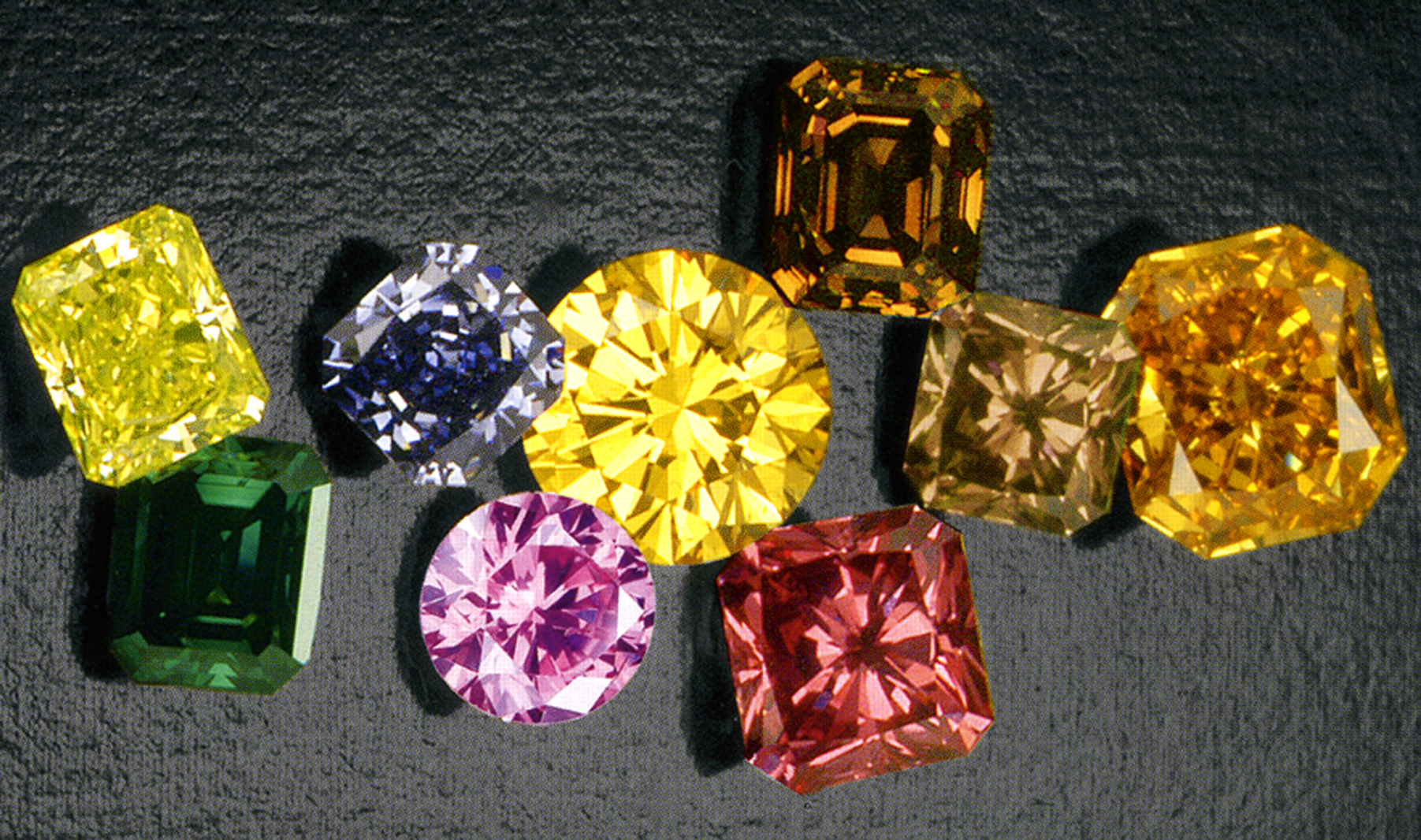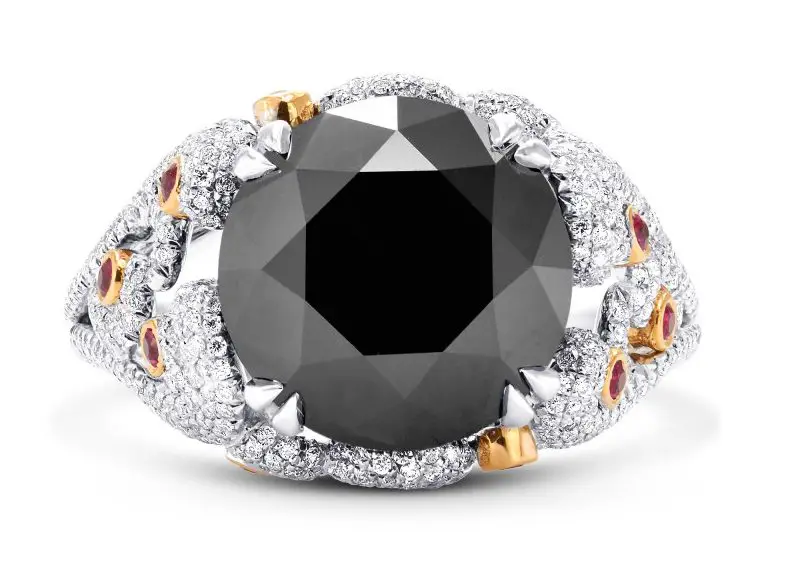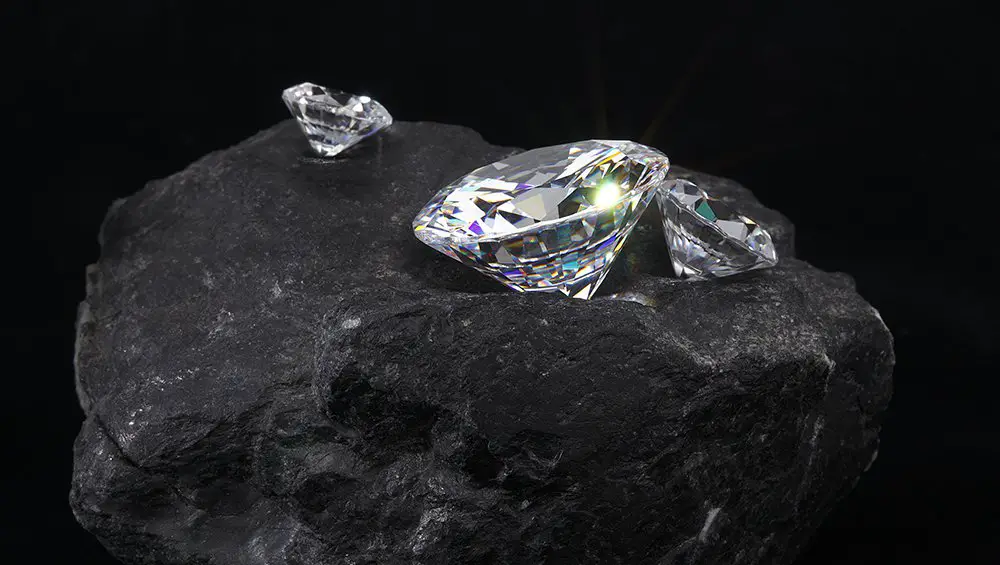What are Composite Diamond Rings?
Composite diamond rings are rings made up of several diamonds fused together to create a larger diamond cluster. They are different from solitaire diamond rings which are made up of only one diamond. Composite diamond rings can be made up of two diamonds called doublets or three diamonds called triplets.
Are composite diamond rings genuine diamonds?
Composite diamond rings can also be made of glass, cubic zirconia, moissanite, or strontium titanate, which are all diamond simulants, or imitation faux diamonds. They do not have the same physical properties as a real diamond, but still provide a shiny, brilliant look as an accessory. They can also be sold at a lower price point to consumers.
What are the benefits of composite diamond rings?
The benefit of a composite diamond ring is a larger-looking diamond at a lower cost. This provides consumers the choice to customize their ring, enhance the look, or create an enlarged gem without breaking the bank.
Composite diamond rings can also be a great addition to casual wear. They can also cater to young consumers with less disposable income looking to adorn in fun and sparkly accessories.
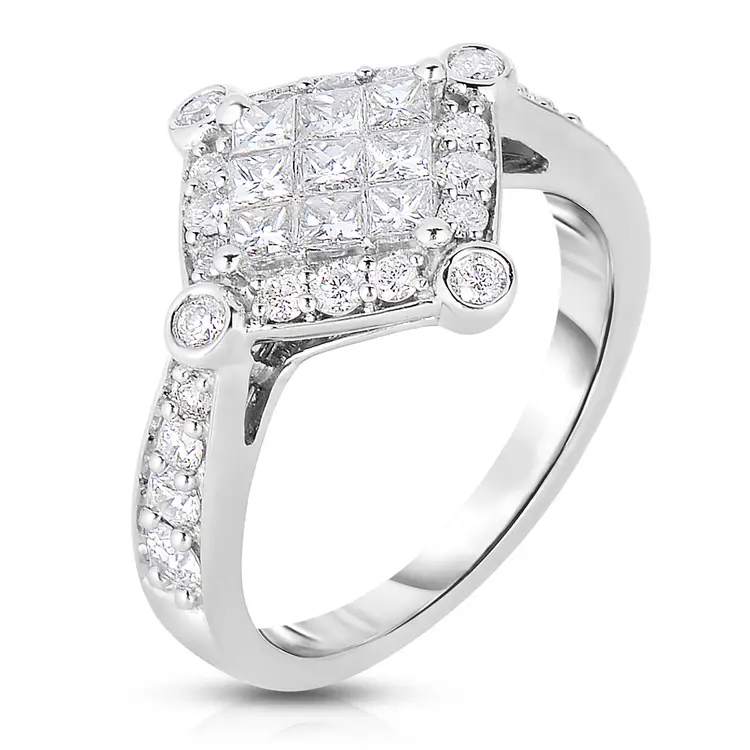
Why composite diamond rings are cheaper.
Composite diamond rings are cheaper than solitaire diamond rings because they are made up of smaller diamonds that are lower in carat weight. One carat is 200 mg, so a lower carat weight is one of the factors to lowered price. A diamond’s price is dependent on quality, which is defined by the 4Cs – color, cut, clarity, and carat weight.
What composite diamond rings are made of.
Composite diamond rings can be made up of tiny low-carat diamonds. But, since the 1970s, imitation diamonds have become prevalent in the marketplace. This allows consumers to enjoy diamond-like rings without the hefty price point.
One notable type of simulant diamonds are strontium titanates, which were prevalent in the 1950s to 1970s as a diamond substitute.
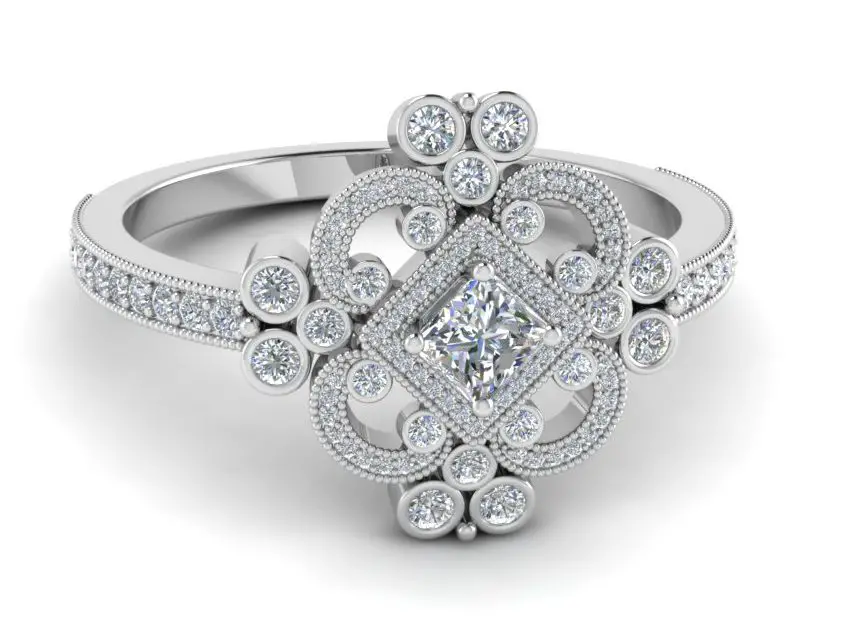
What are strontium titanates?
In the quest to produce ever more diamond rings at an attractive price point to more consumers, there are cases where imitation diamonds could be found in composite rings. Strontium titanate is one such compound that greatly appealed to the public because of its brilliance (number of facets on the surface to bounce off light) and fire.
In fact, this compound has more fire than real diamonds. Fire is defined as the amount of light reflecting from the substance.
Unfortunately, the limitations with strontium titanates are the visible wear and tear, chips, and dullness that appear over time. They have a hardness of 5.5 on the Mohs scale of mineral hardness compared to diamonds that stands at a 10. Which is why genuine diamonds are universally known to be the hardest matter on Earth.
Composite diamonds are made up of smaller-carat diamonds doubled or tripled in a cluster to form a larger and enhanced look without a solitary diamond’s price tag.
Other materials can make up a composite diamond such as strontium titanates, glass, and moissanite. Composite diamonds are an economical choice for consumers on a lower budget.
Care should be taken when seeking a genuine diamond versus simulant diamonds within the composite diamond category.
References
http://geology.com/gemstones/strontium-titanate/
https://en.wikipedia.org/wiki/Diamond_simulant#Composites

